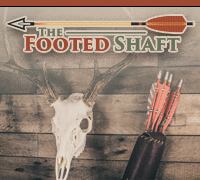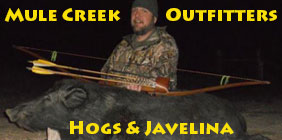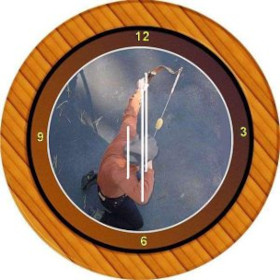Longer brace "usually" equates to a slower arrow, because of the power stroke, and where the arrow actually leaves the string during the stroke.
The really "hot" bows, as in speed-wise, usually have a much shorter brace...even for compounds. But that is not necessarily a good thing...you must find the tradeoff for shootability, of course.
And the forward-riser should add stability, not detract from it, as stated above.
The forms should just be an exact image of the bow in question...it just depends on how they're shaped when built. Whatever goes in for glue-up should come out with the same profile. So in the case of a really forward handle, there should be a large "hump" on the bottom of the form, and a large cavity in the top of the form, with the hose on top.
Take Care,
Marc














